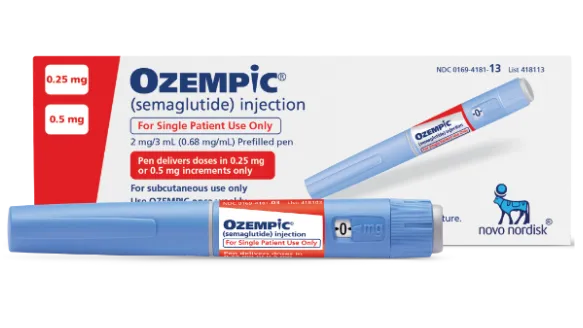Part of an ongoing series on how to use supplement and behavior-based plans to treat common maladies. To read the detailed supplement plans, order supplements, or download the patient resource sheets, go here to create a free patient account at Fullscript by entering your name and email address: Dr. Mark McDonald’s Fullscript dispensary
What does it mean to eat healthy?
It certainly does not mean eating food labeled “organic” or “natural.” These words are little more than marketing inducements to encourage you to pay more for food that does not necessarily offer any nutritional advantage over the regular food sitting right beside it on the shelf (which may not be healthy, either). This is equally true for “cage-free eggs” and “free-range chicken.” They cost more. The eggs and chicken may be no different from any other. And who today has extra money to throw away on food virtue-signaling?
The best way, really the only way, to ensure that what you are eating is truly healthy is to buy it directly from a farmer, rancher, or supplier you know and trust. With meat, that’s where beef shares come in.
It is possible to purchase an eighth, quarter, half, or whole animal—something that was quite common throughout the nation before supermarkets. Families would buy directly from a local farmer, who would facilitate the butchering, aging, and packaging of the meat, which would then be stored in a freezer for use throughout the year. Not only was this more convenient and cost-effective than buying meat in small portions every few days—it also provided food security, something we should all be concerned about today.
The best quality beef is not found at Erewhon, Whole Foods, or Gelson’s. It’s found at the farm. True pasture-raised, grass fed cattle is one of the most nutritious protein sources available. Much of it is not “organic” or “USDA approved,” because those labels cost money and make selling the meat less competitive for small producers. Yet it’s far healthier than anything you can buy at the organic food aisle at Sprouts. And it costs much less. Depending on local prices, this high-quality meat can be had for around $10 per pound or less, conveniently packaged, frozen, and labeled by the cut. The same is true of hogs, bison, goats, lamb, chicken…just about any meat you can think of.
But where do you store all that meat?
A quarter beef yields up to 100 pounds of meat, far more than can fit in a standard upright freezer. That style of freezer would be a poor choice, anyway, because the temperature variability limits storage to six months or less before freshness and quality begin to suffer. A chest freezer, on the other hand, safely stores meat for up to two years. One with a capacity of 10 cubit feet can hold up to 250 pounds of meat—more than enough for a half beef. They are inexpensive, as well. The highly rated (by Consumer Reports) Insignia brand sold by Best Buy costs around $300. You would earn that back in savings within the first year. And if you can’t afford to purchase such a large quantity of meat all at once, you can split the purchase with a neighbor, friend, or family member. Everyone wins.
The best way to locate a quality supplier is by word of mouth.
Ask those you know if they’ve used a meat supplier that offers a high-quality product. Odds are someone in your circle has a source. The best suppliers, the ones who offer the best value, generally do not have a big online presence, so searching the internet should be option two.
Those who are truly serious about their health, the environment, and food security should consider a beef share.
If you’re not yet ready to stock a chest freezer with a whole cow, you can supplement your fresh meat protein with capsules of high-quality, dried meat, full of bioavailable nutrients.
Below is a link to my marvelous meat plan I provide my patients. I am now sharing it with my Substack subscribers. To access the plan, you must first create a free patient account at Fullscript by entering your name and email address: Dr. Mark McDonald’s Fullscript dispensary Watch a one-minute video on how to create an account here.








Member discussion